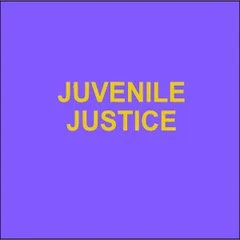By Christian Dustmann, Mikkel Mertz and Anna Okatenko
The effects of neighbourhood characteristics on the development of children and adolescents is a key area of research in the social sciences literature. Early papers such as Brooks-Gunn et al. (1993) document strong associations between children’s outcomes and the characteristics of the neighbourhoods they live in. More recent work finds evidence that the neighbourhood children grow up in a↵ects their earnings, college attendance, marriage, fertility (Chetty et al., 2016; Chetty and Hendren, 2018a,b; Chyn, 2018; Deutscher, 2020), and school performance (˚Aslund et al., 2011; Galster et al., 2016). One particular concern is the e↵ect of neighbourhood characteristics on adolescents’ criminal, delinquent, and health-compromising activities (for a review, see Leventhal and Brooks-Gunn (2000)), in particular the potential negative impacts of gangs, drugs and violence on children and young teenagers (Jencks and Mayer, 1990; Popkin et al., 2002). A small literature investigates the impact of exposure to crime on the criminal behaviour of young men and women, but little is known about which type of criminal activity in the neighbourhood may lead to spillovers, how this compares with the impact other neighbourhood characteristics have on later outcomes, how exposure to crime affects other dimensions of risky behaviour in particular for girls, and what the longer-term economic consequences of exposure to crime for males and females are….
Bonn: IZA Institute of Labor Economics .2023. 76p.





















